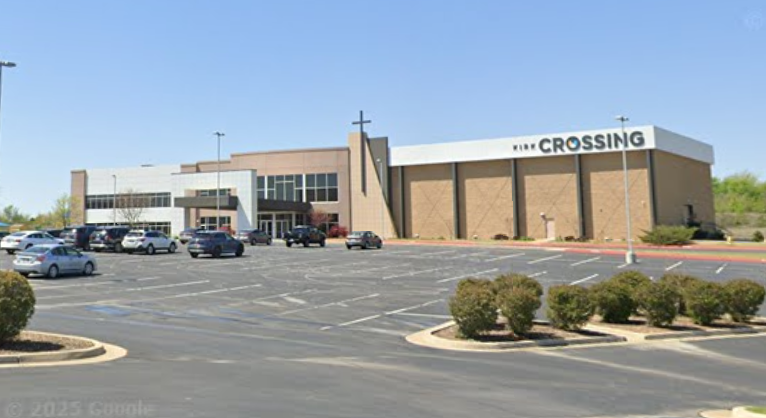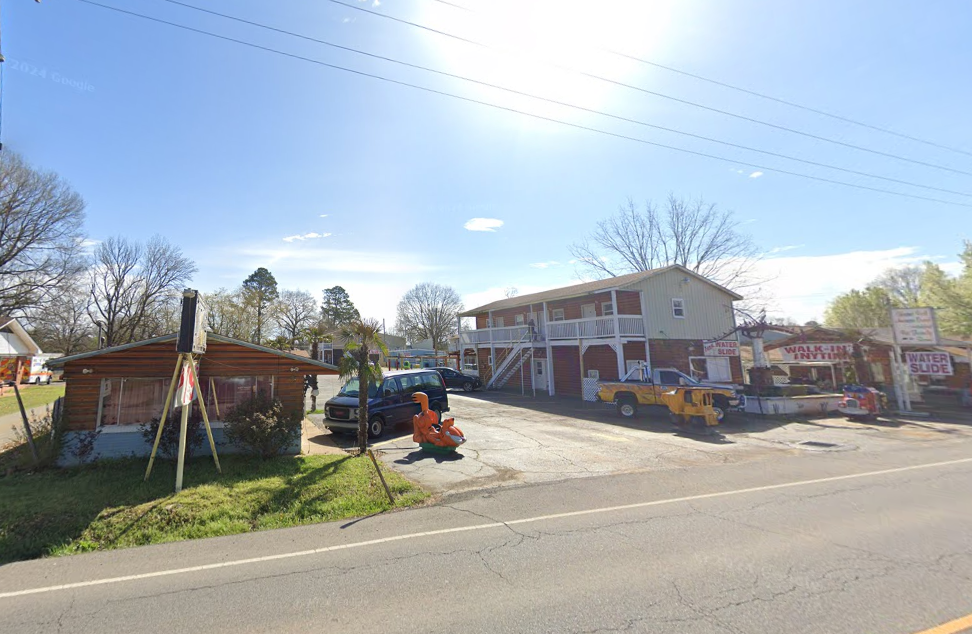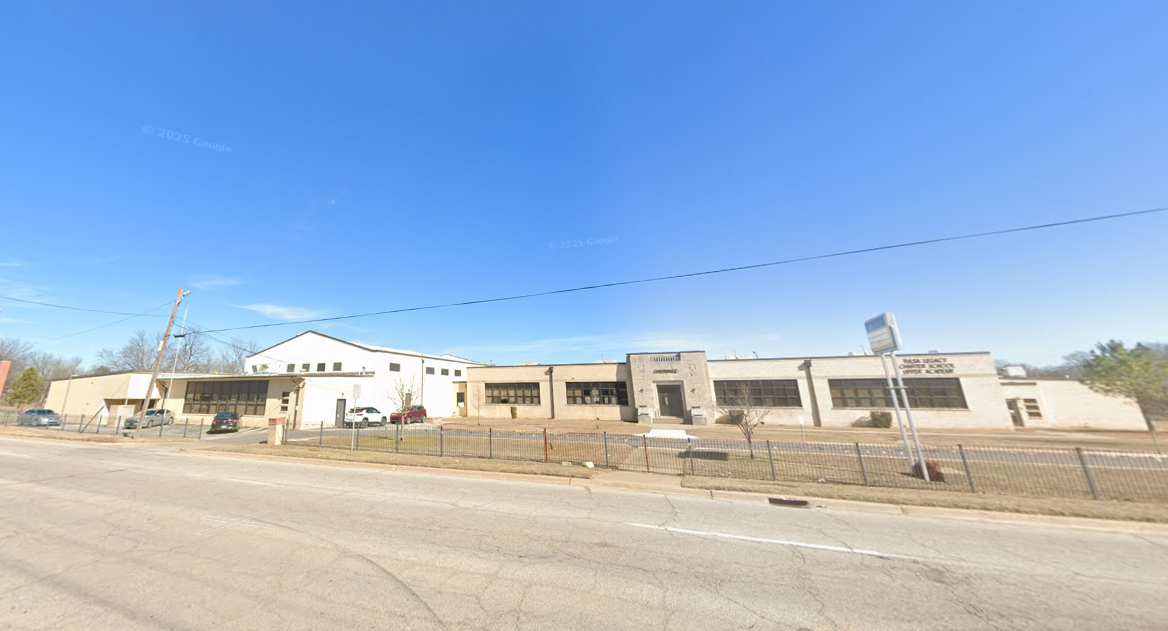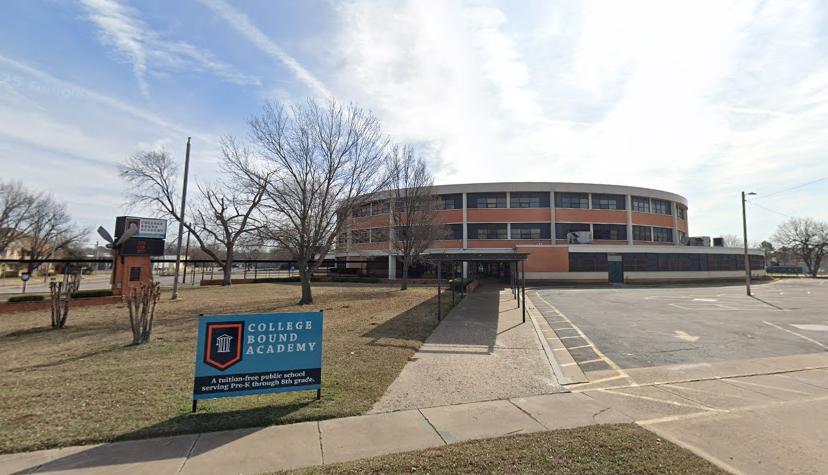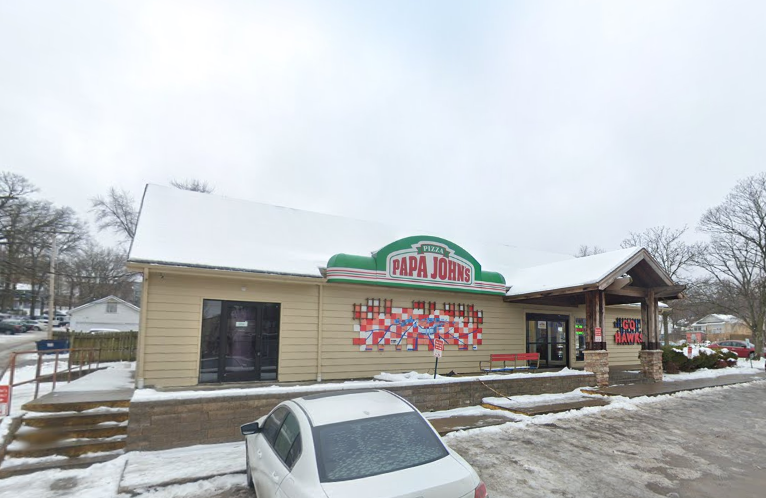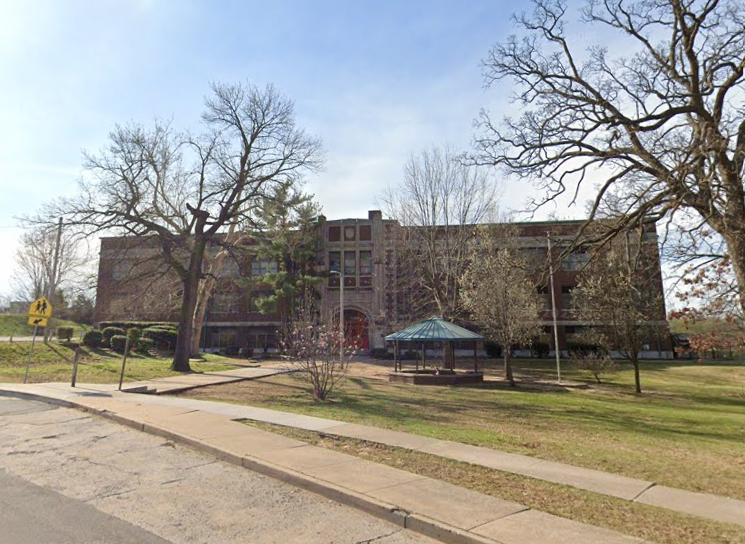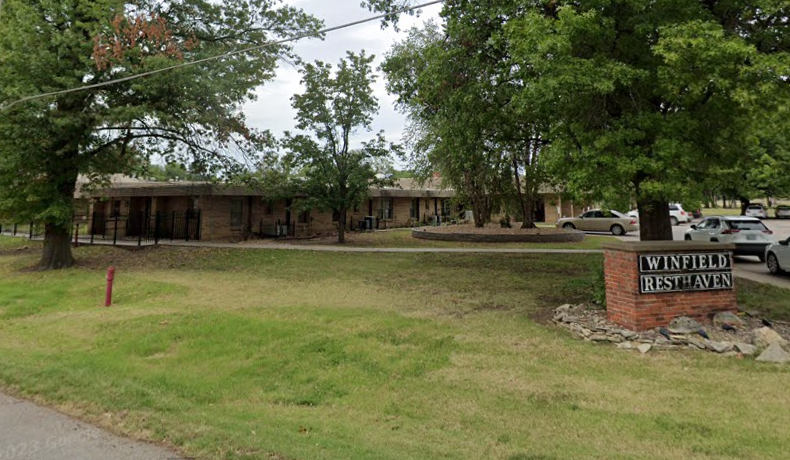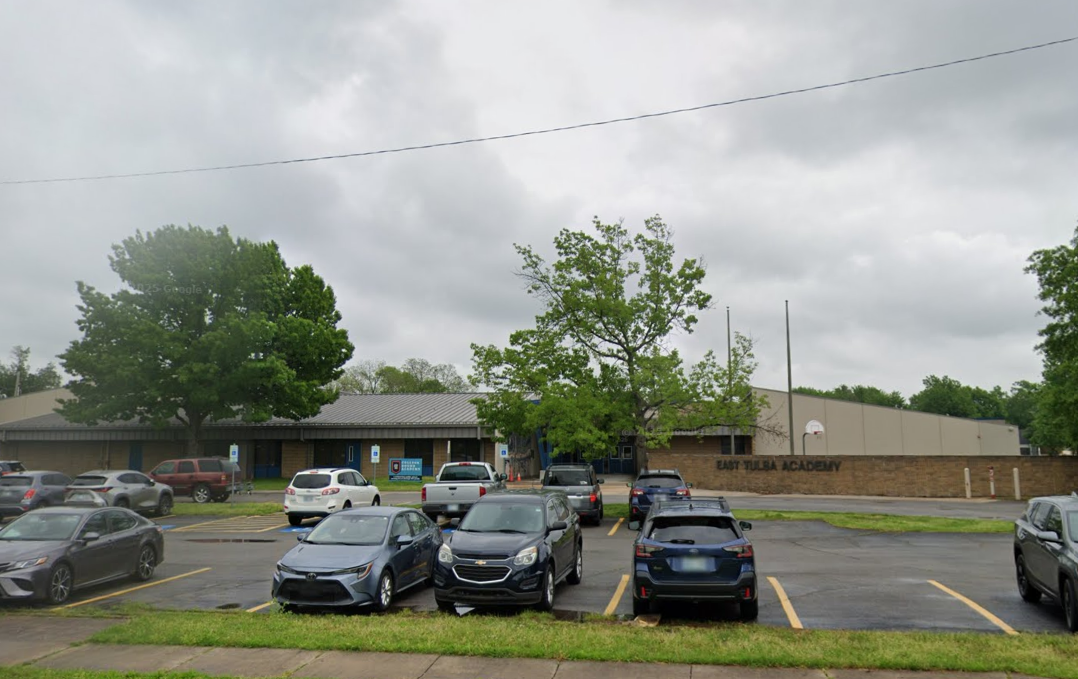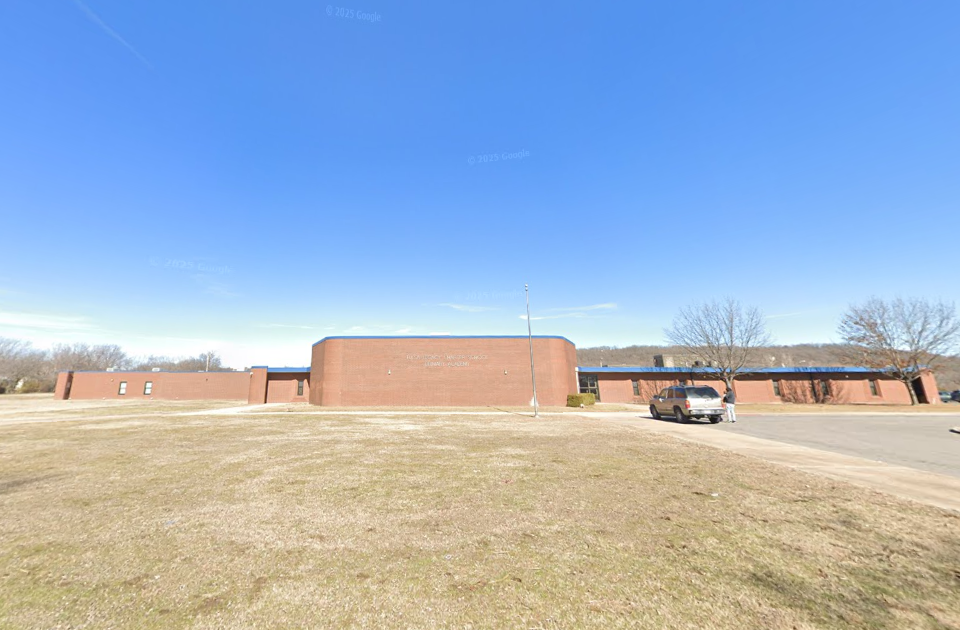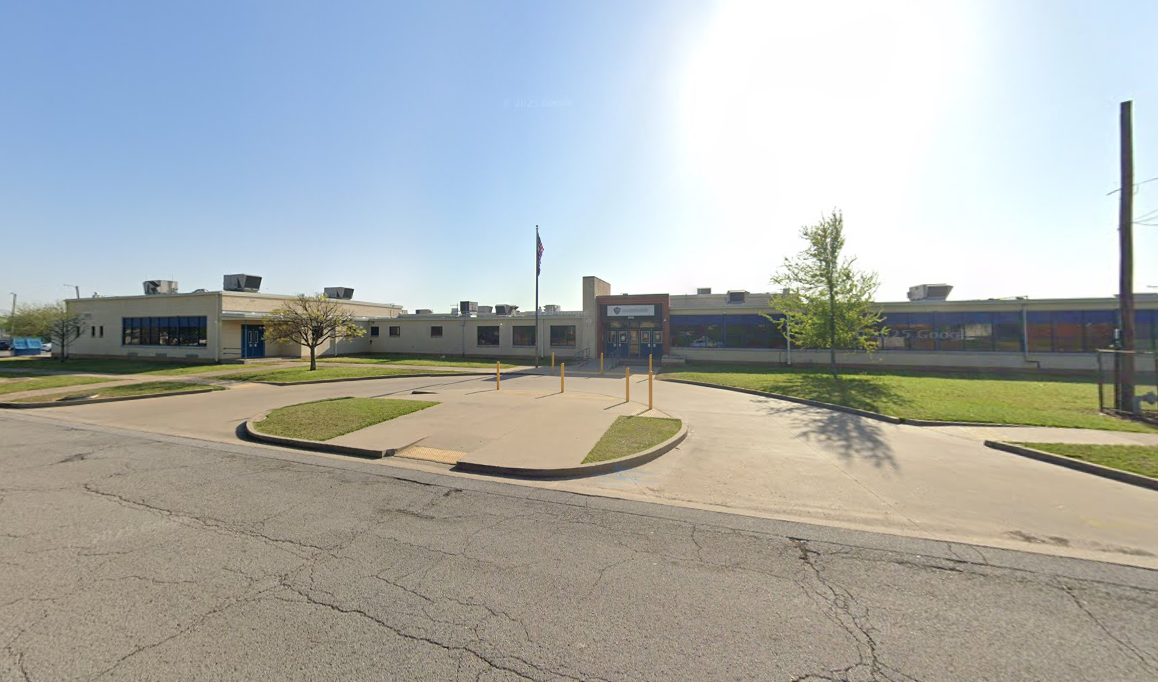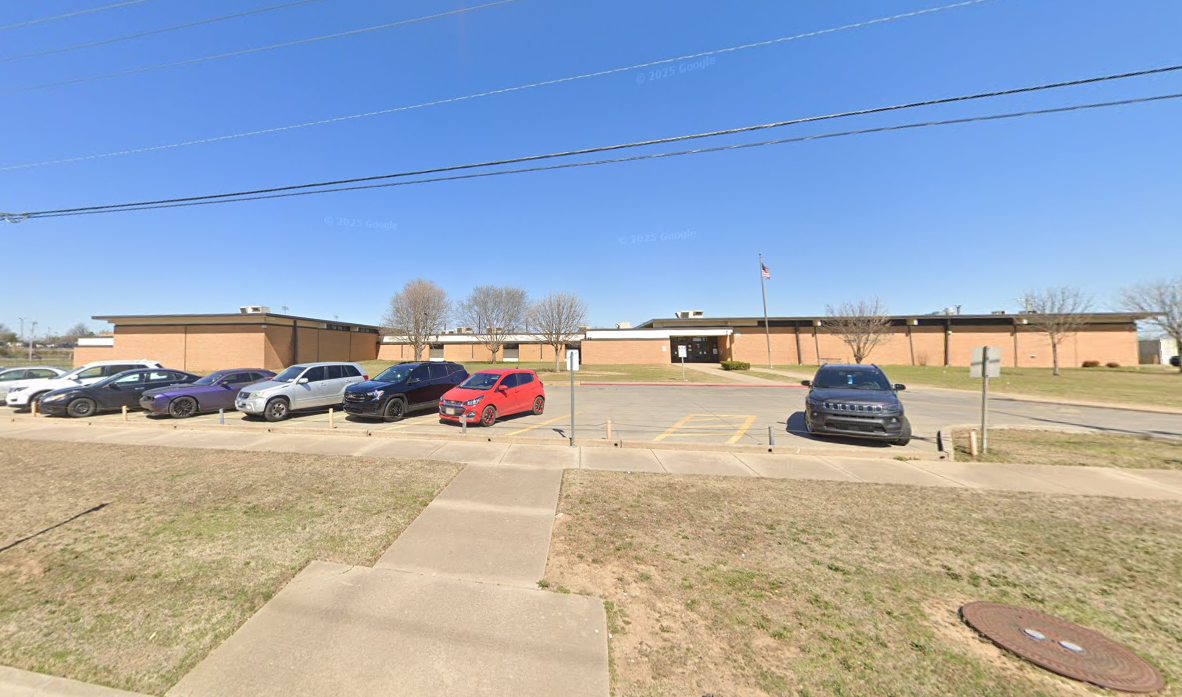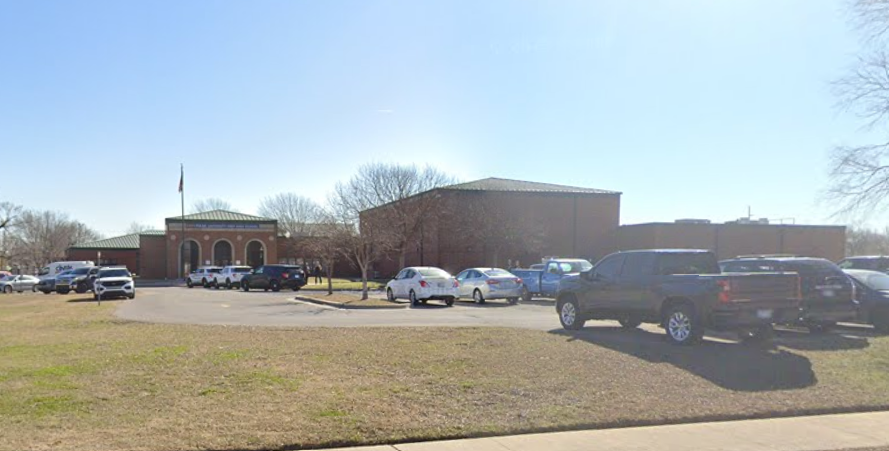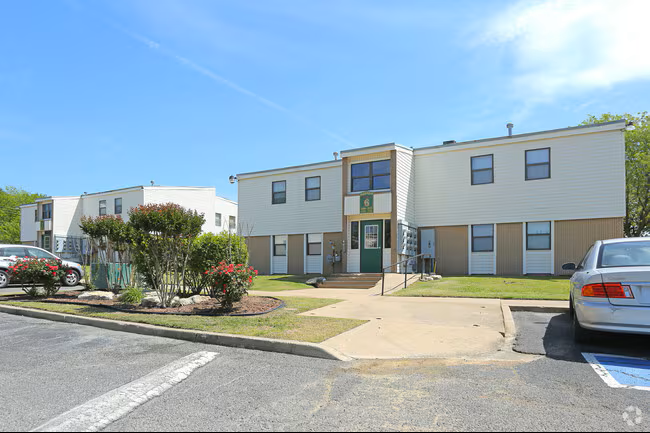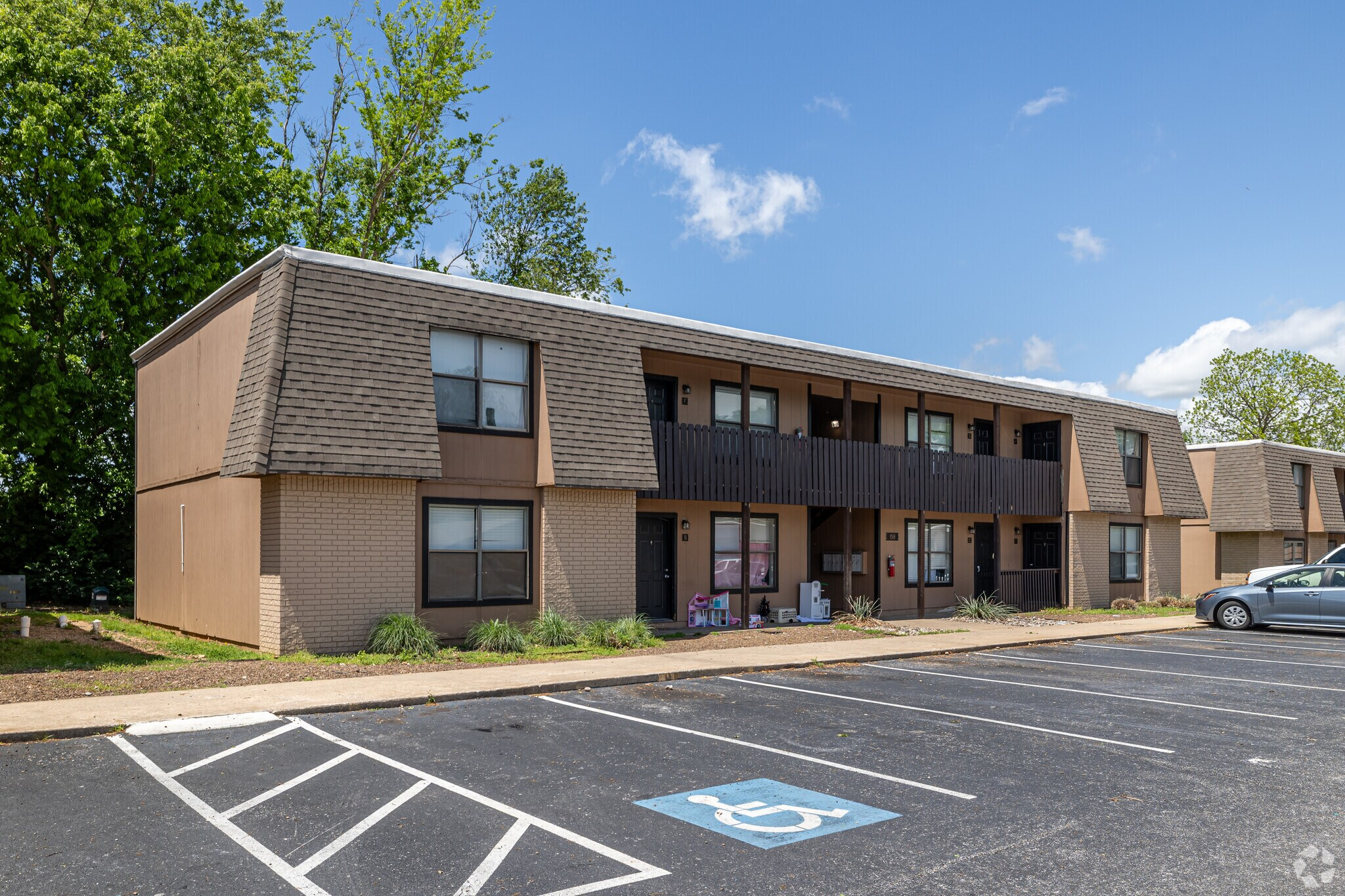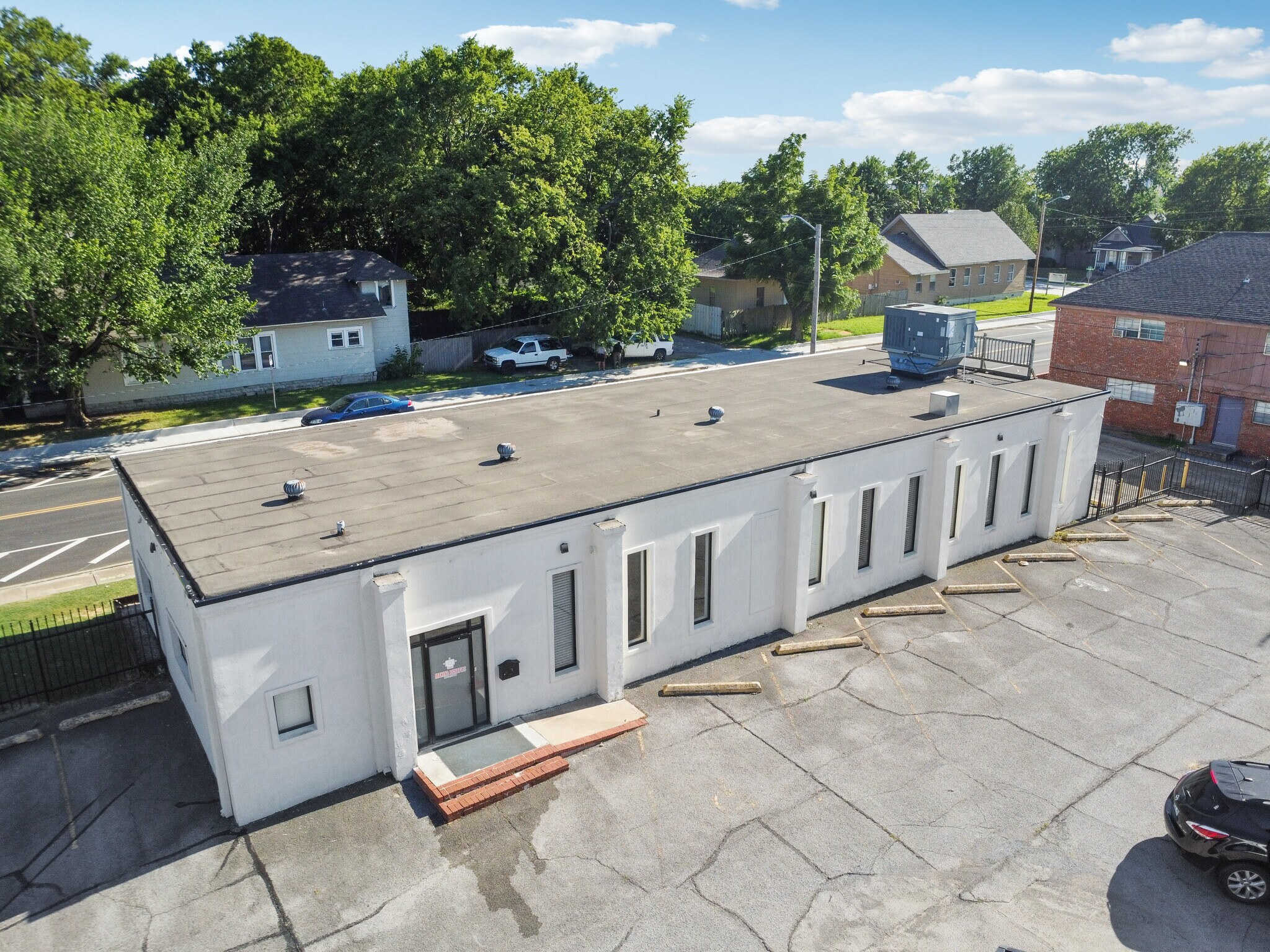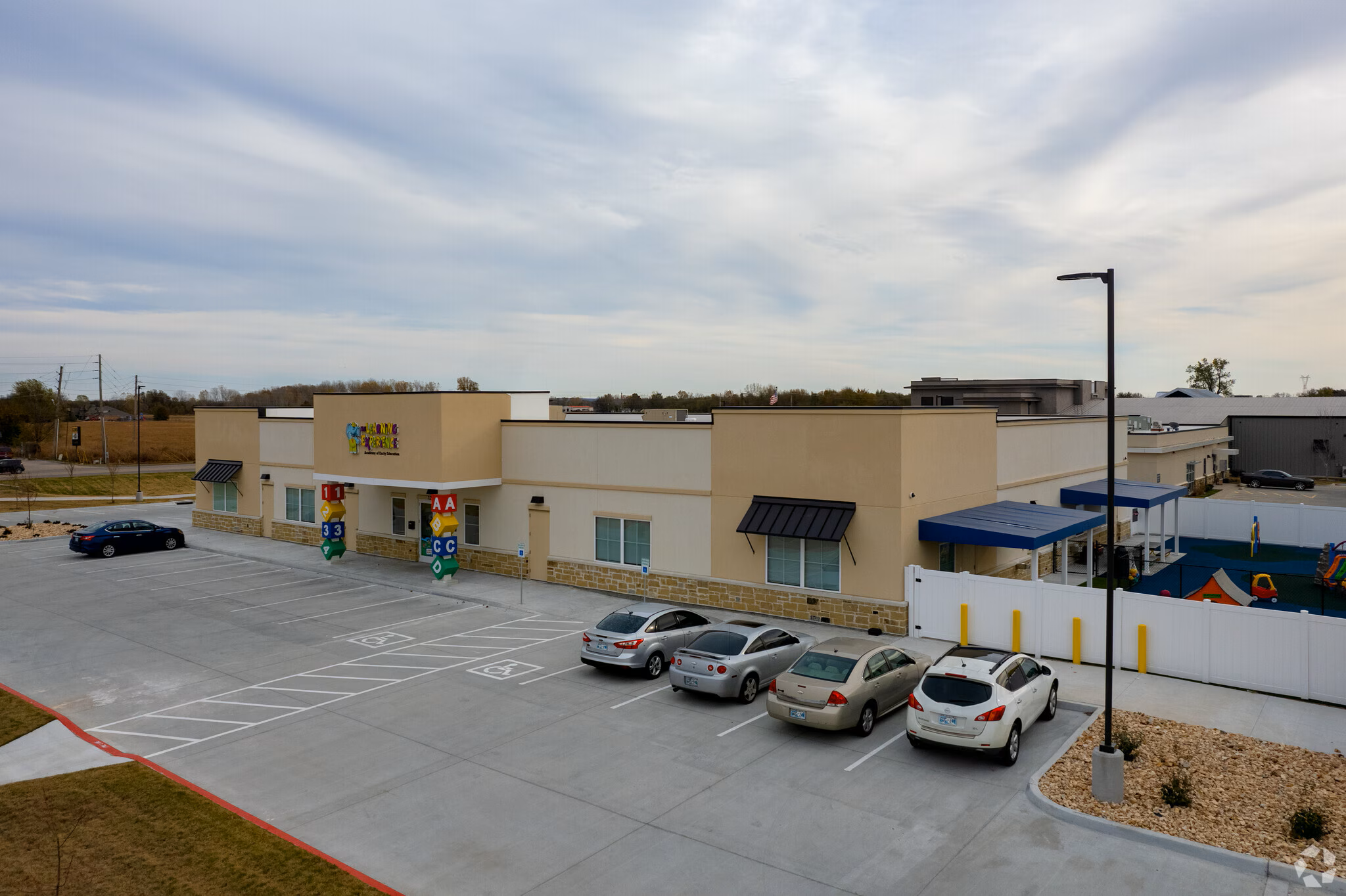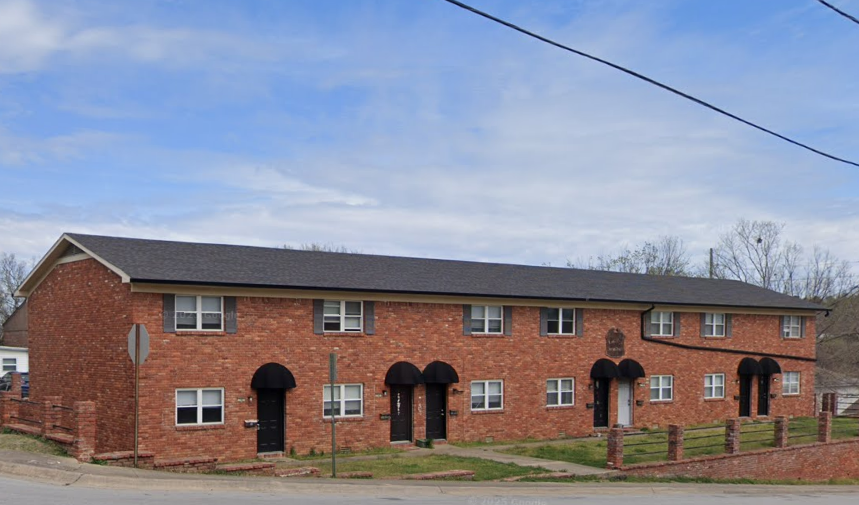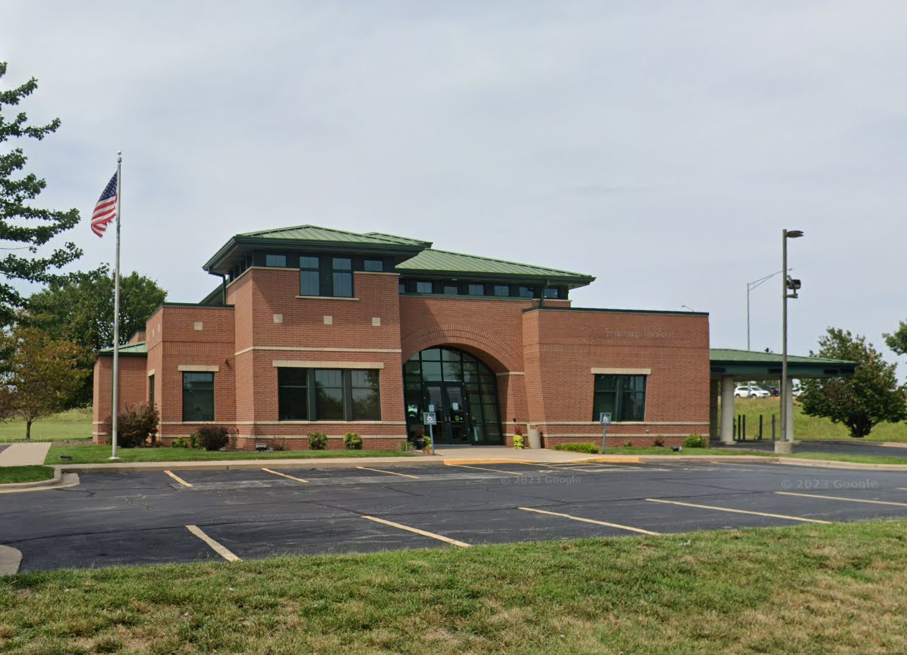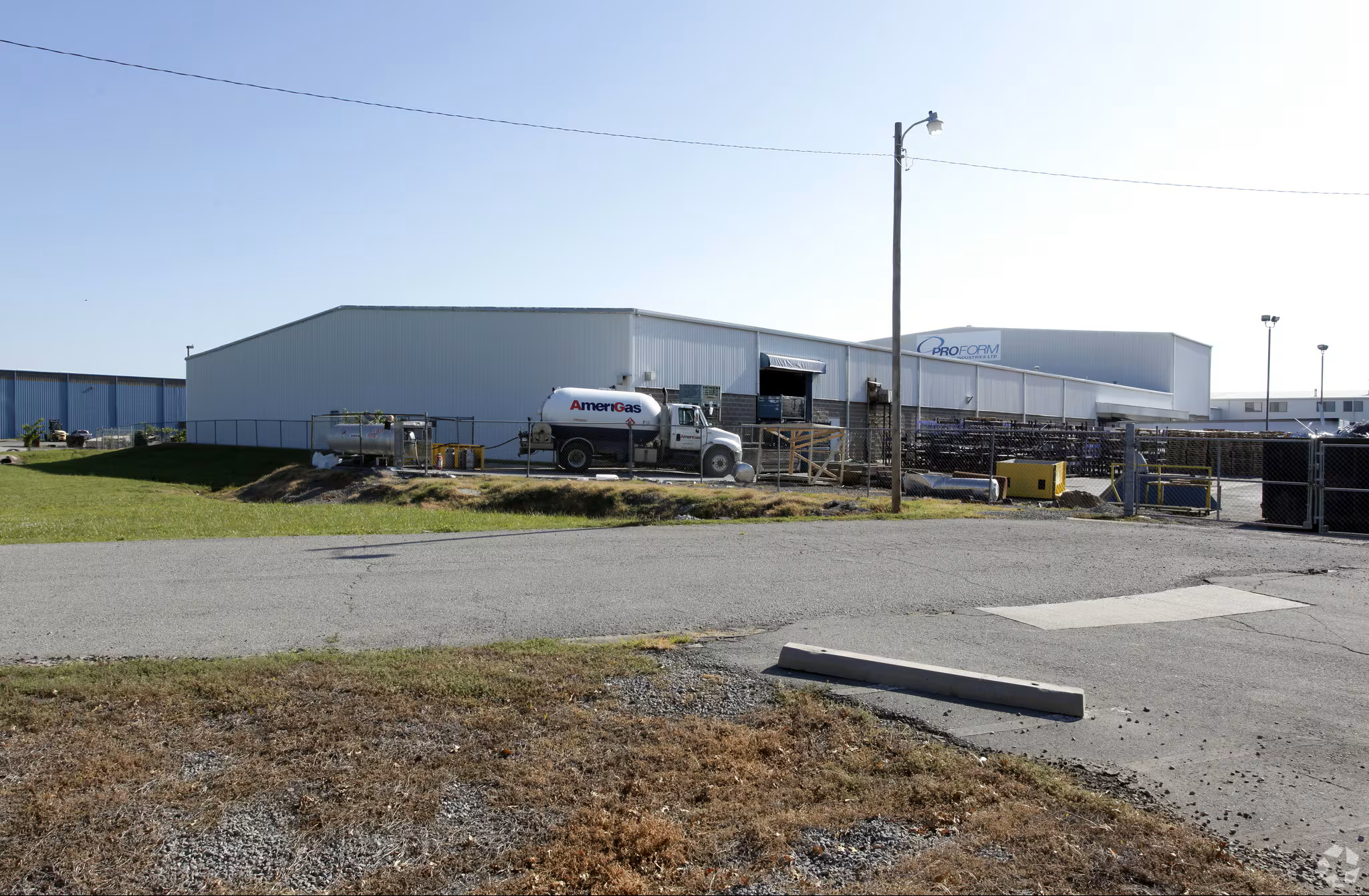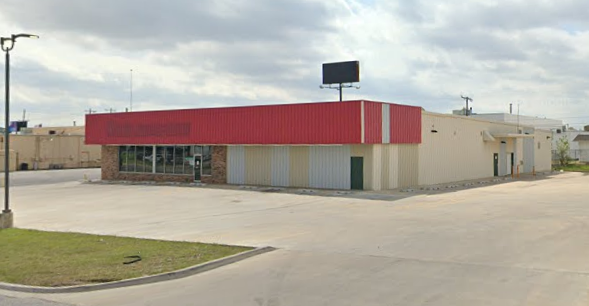The Industrial Building Inspection That Helps You Plan for Precision and Performance
The Industrial Inspection That Supports Safety, Compliance, and High-Performance Operations
Since 2019, industrial and manufacturing buildings have made up 9% of our total commercial property inspections across Oklahoma, Arkansas, Missouri, and Kansas. From light manufacturing and machine shops to distribution centers and specialty production facilities, industrial properties require a uniquely rigorous inspection approach. These buildings don’t just store goods—they house operations. And those operations are often capital-intensive, high-risk, and tightly regulated.
Whether our client is a building owner planning improvements, a buyer confirming viability, or a bank assessing collateral, our goal is the same: to deliver clear, detailed information that supports safety, strategy, and operational efficiency.
The People Behind the Property
Industrial and manufacturing clients often have deep operational knowledge—but need help translating building condition into capital decisions. Here's how we serve them:
Building Owners & Property Managers
Facility managers need insight into structural integrity, roof condition, HVAC loads, and loading dock functionality. Their goal? Keep the operation running with minimal downtime and maximum predictability.
Buyers & Sellers
Buyers want to ensure the building can support their intended use or tenants’ needs without triggering unexpected capital costs. Sellers use inspections to establish transparency and document maintenance histories.
Commercial Lease Tenants
Tenants looking to lease heavy-use space—such as fabrication, assembly, or distribution—want to avoid inheriting electrical, roofing, or slab issues that could compromise production or trigger early exit clauses.
Financial Institutions
Banks underwriting loans on industrial properties need confirmation that the structure can handle operational stress, that building systems are up to code, and that any deferred maintenance won’t compromise collateral value.
Insurance Providers
Industrial properties carry complex risk profiles, especially when equipment, chemicals, or power tools are involved. Carriers rely on our reports to assess fire suppression systems, ventilation, and structural soundness.
Government & Public Agencies
Government use of industrial facilities—such as maintenance yards, training centers, or warehousing—requires compliance with life safety codes, ADA access (where applicable), and mission-specific layouts.
The Services That Deliver Confidence
We offer a suite of services tailored to the mechanical and structural complexity of industrial spaces:
Property Condition Assessment (PCA)
Our PCAs for industrial properties include:
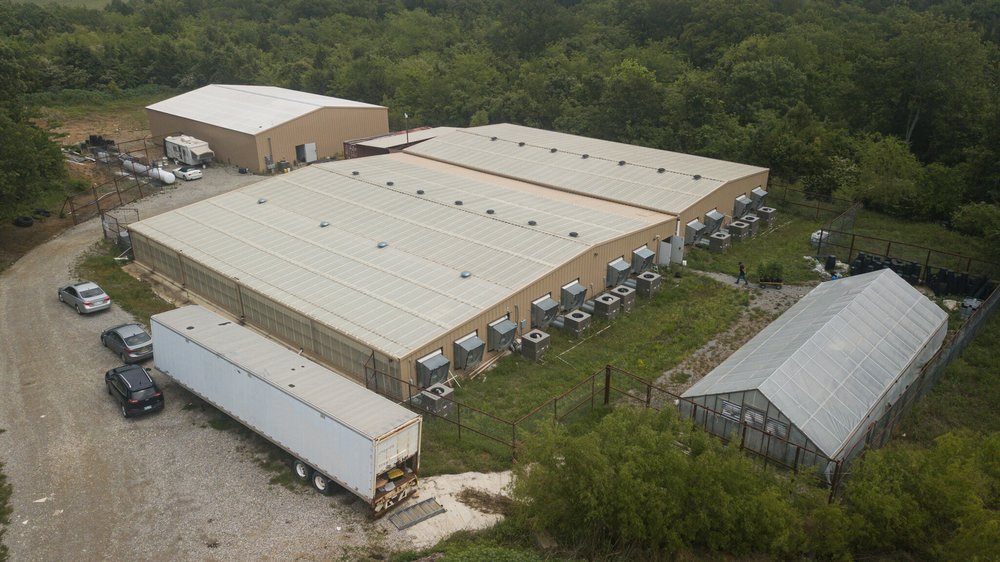
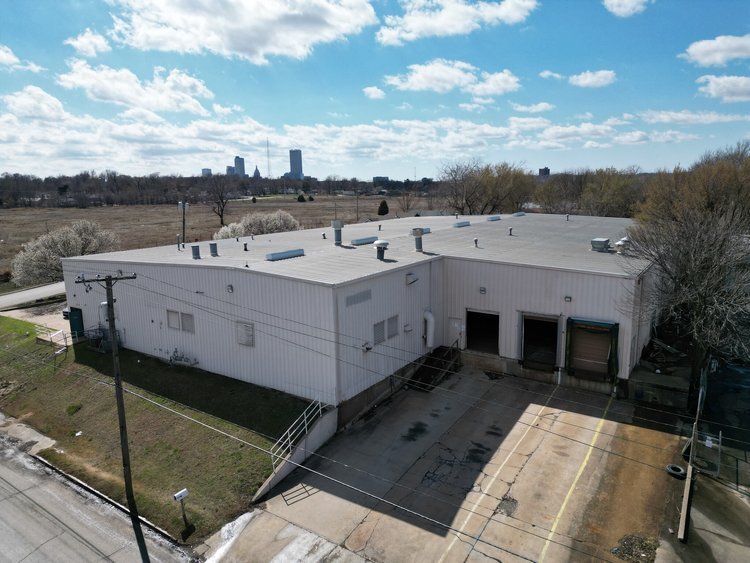
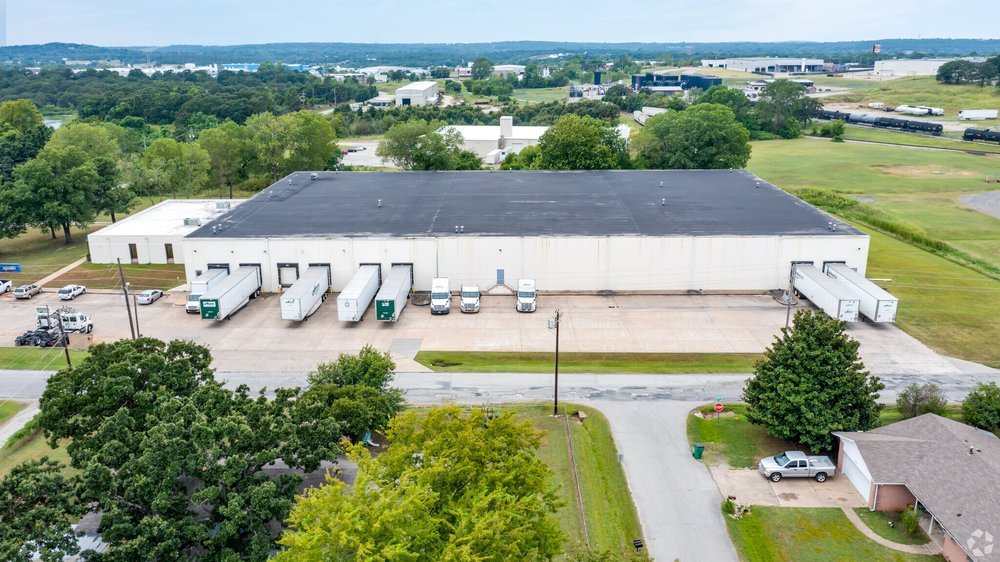

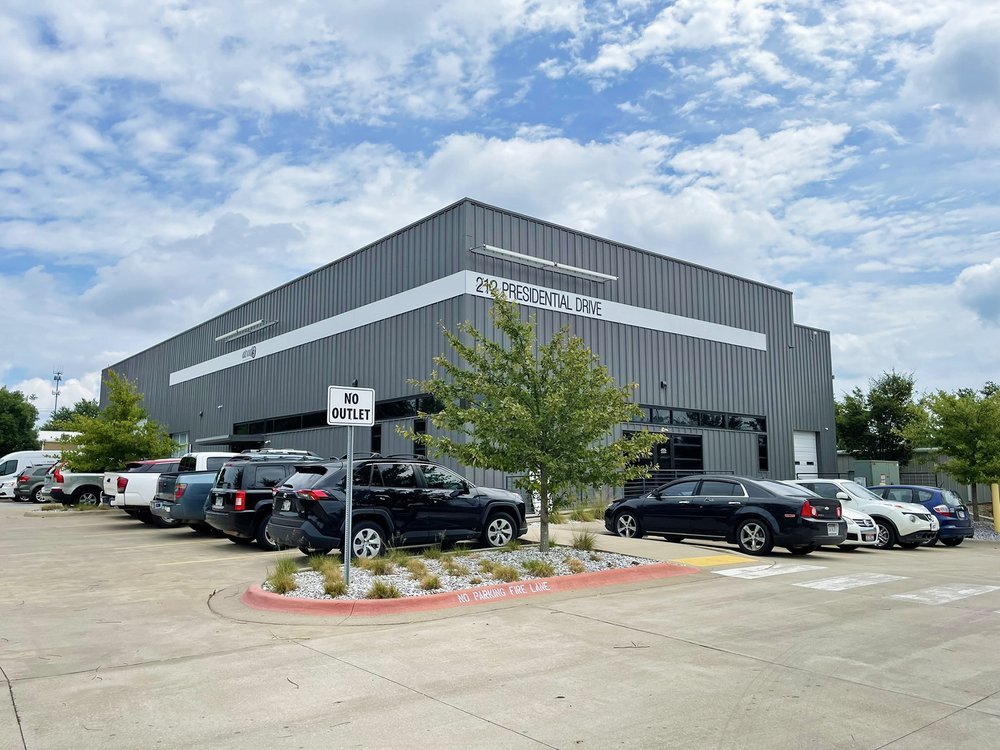

Roofing (often large-span, flat membrane or metal with high exposure)
Structural systems (pre-engineered steel frames, tilt-wall panels, foundations)
HVAC (warehouse heaters, make-up air units, ventilation fans)
Electrical (three-phase panels, amperage capacity, safety shutoffs)
Plumbing (floor drains, oil separators, backflow prevention)
Fire/life safety (sprinklers, emergency exits, alarms)
Exterior site features (truck courts, loading docks, drainage, paving)
A Few of the Commercial Retail Properties We’ve Inspected!
We document all findings in a Property Condition Report (PCR) that includes detailed descriptions, photographs, and repair or investigation recommendations.
Opinion of Cost Report
These cost projections are essential for buyers and capital planners in the industrial sector. They include estimated pricing for:
Roof membrane replacement or coating
Electrical panel upgrades
Ventilation or HVAC system overhauls
Dock and door repair
Slab resurfacing or crack sealing
We use regional contractor data and RSMeans estimating tools, always including a 20% variance to reflect labor and material fluctuations.
ADA Accessibility Inspection
While production areas may be exempt from certain ADA requirements, public-facing zones—like lobbies, offices, breakrooms, or conference areas—must comply. Our accessibility inspections cover:
Employee and visitor parking
Accessible routes from entry to office
Breakroom fixtures and restrooms
Signage, door hardware, and thresholds
We follow ADA guidelines and the CCPIA COMSOP to identify potential liabilities and improvement opportunities.
Common Findings in Industrial Building Inspections
Industrial facilities can mask significant wear-and-tear under operational dust and noise. Here’s what we regularly uncover:
Roofing Damage
Wide-span roofs often suffer from ponding, failed flashing, or insulation saturation—especially after years of minor repairs instead of replacement.Electrical Overload or Improper Modifications
DIY upgrades or retrofits for added equipment load can introduce dangerous code violations or outstrip panel capacities.Slab Cracks and Floor Degradation
Expansion joint failure or heavy forklift traffic leads to trip hazards, uneven loads, or long-term settlement issues.Non-Compliant Emergency Egress
Blocked, locked, or poorly lit exits—especially in storage areas—can violate fire codes and create major risk.Drainage and Paving Deterioration
Heavy truck use causes cracking and ponding in loading zones, reducing usability and increasing liability exposure.
Some of Our Retail Clients Include:
Here are a few great examples of the office buildings we’ve inspected:
Inspection Trends by Region
We’ve inspected industrial buildings across four states, and each region presents its own story:
Tulsa & OKC
Oilfield services and fabrication buildings often need HVAC, ventilation, and panel upgrades due to high use and age.Springdale & Fort Smith, AR
Many buildings show deferred roof and slab maintenance. Owner-occupants often invest in equipment over infrastructure.Springfield & Joplin, MO
Metal buildings dominate here, but drainage and insulation failure are common challenges—especially in buildings over 30 years old.Wichita & Kansas City
Rail-adjacent facilities and fulfillment centers are booming—but with tight leases, tenants are pushing owners to fix long-ignored deficiencies.
We adjust our scope and recommendations to meet the industrial demands and regulatory expectations of each region.
Final Thoughts: Function, Safety, and Strategy
Industrial buildings are more than square footage—they’re engines of productivity. But function alone isn’t enough. The real value lies in condition, compliance, and clarity.
Our inspections provide industrial property stakeholders with the tools to make long-term decisions rooted in fact. Whether you're an owner-operator or a passive investor, we help you understand the risks, plan for improvements, and protect your people.
Bibliography
Certified Commercial Property Inspectors Association. (n.d.). International standards of practice for inspecting commercial properties (COMSOP). https://ccpia.org/comsop/
International Code Council. (n.d.). International property maintenance code. ICC Digital Codes. https://codes.iccsafe.org/
National Fire Protection Association. (n.d.). NFPA codes and standards. https://www.nfpa.org/Codes-and-Standards
RSMeans. (n.d.). RSMeans building construction costs data. https://www.rsmeans.com/
U.S. Department of Justice, Civil Rights Division. (2010). 2010 ADA standards for accessible design. https://www.ada.gov/resources/2010-ada-standards/
Occupational Safety and Health Administration. (n.d.). OSHA standards for general industry. https://www.osha.gov/laws-regs
Questions Answered by the Article
What’s included in an industrial building inspection?
How can a PCA help plan for roof replacement or slab repair in a warehouse?
What are the most common issues found in manufacturing facility inspections?
How do Opinion of Cost reports benefit industrial property buyers?
What should tenants look for in a pre-lease industrial inspection?
What are ADA obligations for office and breakroom areas in an industrial property?
How do loading dock conditions affect usability and liability?
Why do insurers require inspections for industrial buildings?
How can inspectors identify electrical code violations in older machine shops?
What are the regional trends in industrial building deficiencies?
What drainage issues are common in truck courts and paved yards?
How can you reduce risk in your industrial investment through inspection?



